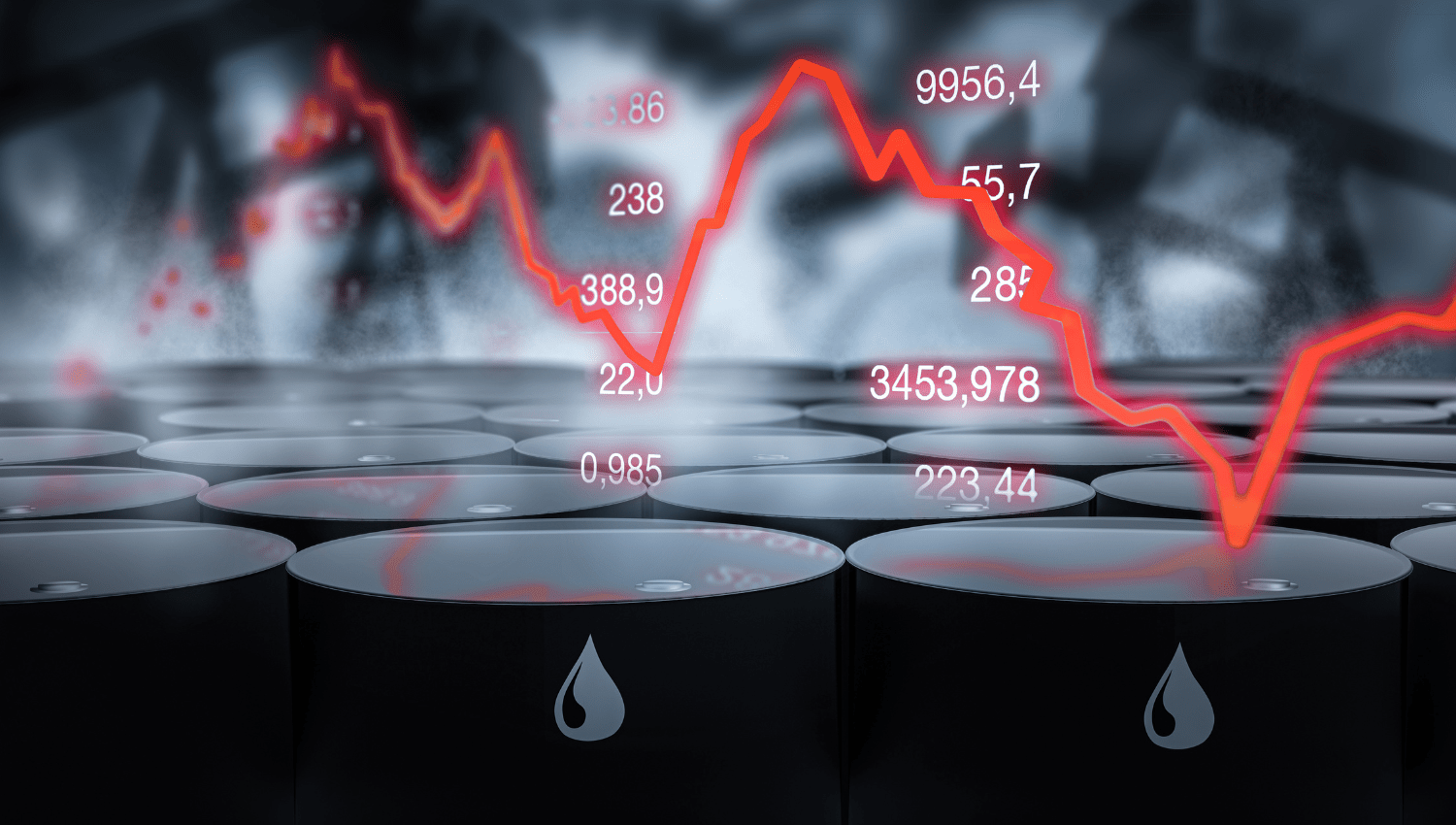Executive Summary
Oil prices experienced a downward trend as resilient U.S. economic activity and expectations of prolonged higher borrowing costs weighed on market sentiment. Both Brent and West Texas Intermediate (WTI) futures are set for monthly losses, with Brent projected to decline by over 5% and WTI by over 3%. Despite a larger-than-expected drawdown in U.S. crude inventories, the broader risk-off environment has overshadowed potential bullish factors. This report delves into the various aspects influencing oil prices, including economic data, market expectations, and geopolitical factors, providing a comprehensive analysis of risks, returns, trends, and investor perceptions.
Economic Activity and Market Expectations
U.S. Economic Activity and Interest Rates:
- Resilient U.S. economic activity has led to expectations of higher borrowing costs for a longer duration. This scenario typically restrains funds and consumption, negatively impacting crude demand.
- The Federal Reserve’s inclination to maintain higher interest rates has been a significant factor in the downward pressure on oil prices, as indicated by the recent settlement of Brent at its lowest in over three months on May 23.
Inventory Data:
- API data revealed a drawdown of 6.49 million barrels in U.S. crude inventories, which was significantly larger than analysts’ projections of 1.9 million barrels. Gasoline inventories also declined by 452,000 barrels, while distillates rose by 2.045 million barrels.
- The EIA’s data, due later, will further elucidate the inventory situation and its potential impact on prices.
Global Oil Inventories and OPEC+ Actions:
- Rising global oil inventories due to soft fuel demand bolster the argument for OPEC+ to maintain supply cuts. The upcoming OPEC+ meeting on June 2 may result in extended production cuts to support prices.
- Market strategist Yeap Jun Rong suggests that OPEC members might extend their current production cuts until the end of the third quarter.
Risk and Return Analysis
Risk-On/Risk-Off Sentiments:
- The broader risk-off sentiment, driven by macroeconomic uncertainties and the Federal Reserve’s policies, has exerted downward pressure on oil prices.
- However, a potential risk-on sentiment could emerge from OPEC+ decisions to extend supply cuts, potentially providing a bullish outlook for oil prices in the latter half of the year.
Market Trends and Investor Perceptions:
- Investors are currently cautious, with a focus on macroeconomic indicators and central bank policies. The perception that the Fed will not cut rates until September at the earliest contrasts with earlier expectations of a June cut.
- Market players are also closely monitoring the OPEC+ meeting, as any decision to prolong production cuts could significantly influence price trajectories.
Regional Import Trends
Asia’s Crude Imports:
- Asia’s crude oil imports rose to a 12-month high in May, driven primarily by India’s record arrivals. In contrast, China’s imports continued to trend lower.
- India’s robust economic growth and the ongoing availability of discounted Russian crude have bolstered its import volumes. The election process in India has also contributed to increased fuel demand.
China’s Import Patterns:
- Despite being the world’s largest crude importer, China’s imports have been weaker, with May arrivals down from April. This trend reflects a cautious economic outlook and potential shifts in supplier preferences.
- Russia remains the largest supplier to China, followed by Saudi Arabia. However, rising official selling prices from Saudi Aramco may lead China to trim imports from the kingdom in June.
Conclusion
Oil prices are currently navigating a complex landscape of resilient economic activity, monetary policy expectations, and geopolitical developments. The broader risk-off environment has overshadowed potential bullish factors like significant inventory drawdowns and robust Asian demand. Investors are betting on macroeconomic signals and OPEC+ decisions, which will play crucial roles in shaping oil price trajectories in the coming months.
Recommendations for Investors
- Stay Informed on Macroeconomic Indicators: Closely monitor U.S. economic data and Federal Reserve policy announcements, as these will significantly influence market sentiment.
- Watch OPEC+ Developments: Pay attention to the outcomes of OPEC+ meetings, as decisions on production cuts can provide key insights into future supply dynamics.
- Diversify Investments: Given the volatility in oil prices, diversifying investments across different sectors and regions can mitigate risks and enhance returns.
This analysis provides a holistic view of the current oil market, emphasizing the importance of staying attuned to economic signals and geopolitical developments for informed investment decisions.
Disclaimer: This is not an Investment Advice. Investing and trading in currencies involve inherent risks. It’s essential to conduct thorough research and consider your risk tolerance before engaging in any financial activities.



